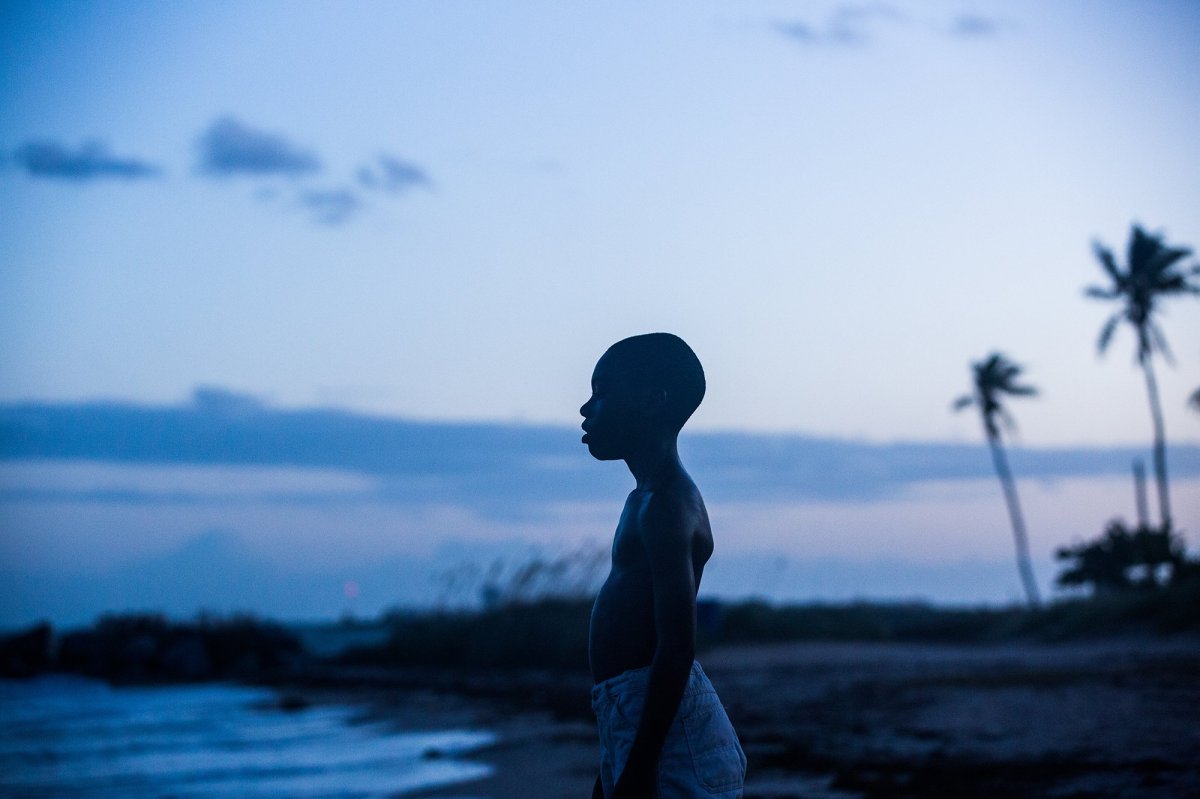Thanks to a generous friend, I was fortunate enough to see the UK premiere of Barry Jenkins’s Moonlight last Thursday. It’s rare for me to find myself a potential source of spoilers, and so I’m not planning to write much about the film for now. Other than to say it is wonderful – tender, gripping, beautifully shot and acted.
Writing up my PhD as I am, I’m almost certainly at risk of the seeing-shadows tendency to associate everything I view or read with my thesis. And watching Moonlight when I’m in the middle of writing on Killer of Sheep (d. Charles Burnett, 1977) – another film that depicts the lives of a working-class African American community with deep sensitivity – meant I couldn’t help but have the latter in mind when watching the former.
There is certainly a fundamental difference in the composition the two films. In Killer of Sheep, Charles Burnett is particularly focused on his protagonists’ lack of social and economic mobility, and this thematic concern is manifested both in the film’s imagery (broken down cars, blocked pathways), and in its cinematography. Long, static shots and tight, claustrophobic framing predominate, and its stately pacing led one critical reviewer to suggest it feels far longer than its relatively short running time.
Moonlight gives its dialogue plenty of room to breathe, but it is also shot with a kinetic and immersive quality that is both effective and occasionally disorientating. Addressing this choice during the onstage Q&A after the screening, Jenkins commented, ‘It’s not neo-realism, it’s something else.’ And again, I couldn’t help but hear an allusion to Killer of Sheep, with its debt to Italian neo-realism (amongst other international styles and movements).
The first post-credits sequence in Killer of Sheep shows a group of pre-teen boys playing in a vacant lot somewhere in Watts. They’re playing roughly, throwing rocks at each other then hiding behind cover; one of the boys gets hurt and upset, and they stop briefly, then continue as before. A freight train passes by, and they run beside it, pelting it with stones, then sit down and talk with unconvincing bravado about how they should go to where ‘the club’ is, and watch the ‘ho’s’ passing. The scene captures, as does the rest of the film, both something of the excitement boyhood play, and its tendency to spill over into real violence, raw emotion and misogyny.
Early in Moonlight, we are shown a group of boys of a similar age, playing a similarly high-spirited but violent game. It’s a crucial early moment in the relationship between two key characters, and it foregrounds even more explicitly than Killer of Sheep the artifice and performance of masculinity. When Chiron (Alex Hibbert), sensitive and bullied, walks away from the game, Kevin (Jaden Pinner) encourages him to play-fight so that the others will respect him.
In a wide shot, we see that the patch of grass the boys are playing on is by railroad tracks. A train passes by.
Two independent films, heartfelt and affecting, about the external conditions and internal dynamics that shape masculine identity in deprived African American communities.
I can’t help but see that train as an allusion, even allowing for my thesis-bias.

Original 2007 theatrical poster for Charles Burnett’s KILLER OF SHEEP. Courtesy of Milestone Films.

I made the exact same connection when I saw the train car scene in Moonlight and am so glad someone else did! I also recently wrote a final paper on Killer of Sheep so had it in mind. Such an interesting thought!
LikeLike
Thanks! Great to hear it’s not just me that saw it that way!
LikeLike
Alex, I come late to this post as I did to Killer of Sheep which I saw a couple of nights ago on DVD. The connections to Moonlight are there. I believe Moonlight would have been a different film without Burnett’s extraordinary film. From the gorgeous and eclectic musical soundtrack, to the respectful and utterly convincing representation of African American masculinity/sexuality, the presence of children as a heartbreaking reminder of where the adults come from alongside the actualized adulthood of Stan and his community, the community itself…Jenkins enfolds all of this and reinscribes it in Moonlight. Killer of Sheep and Moonlight have been among the best things that have happened to me this year.
LikeLike